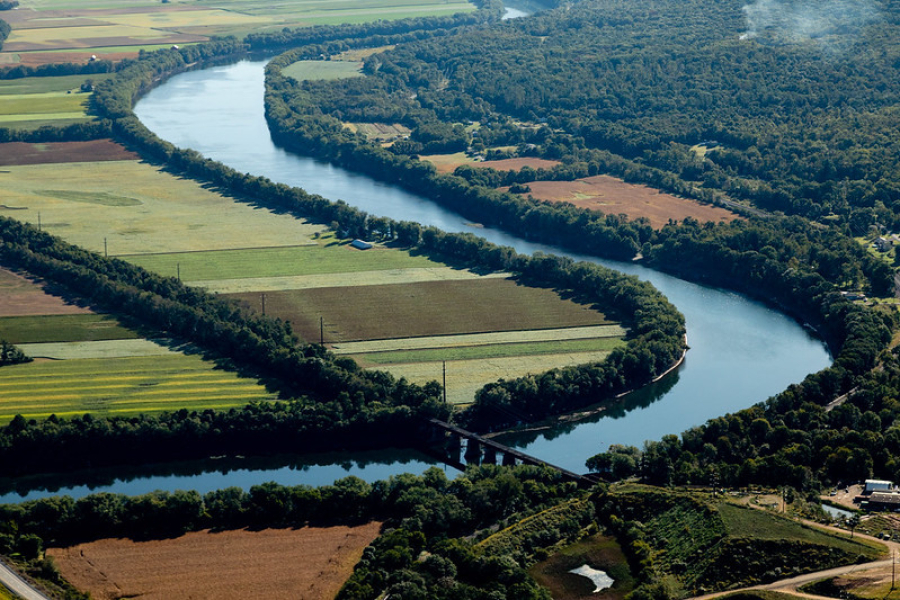Chesapeake Bay Program announces highest number of forest buffers planted across watershed since 2016
While miles of forest buffers have increased each year since 2019, the gains have yet to offset losses

While miles of forest buffers have increased each year since 2019, the gains have yet to offset losses
